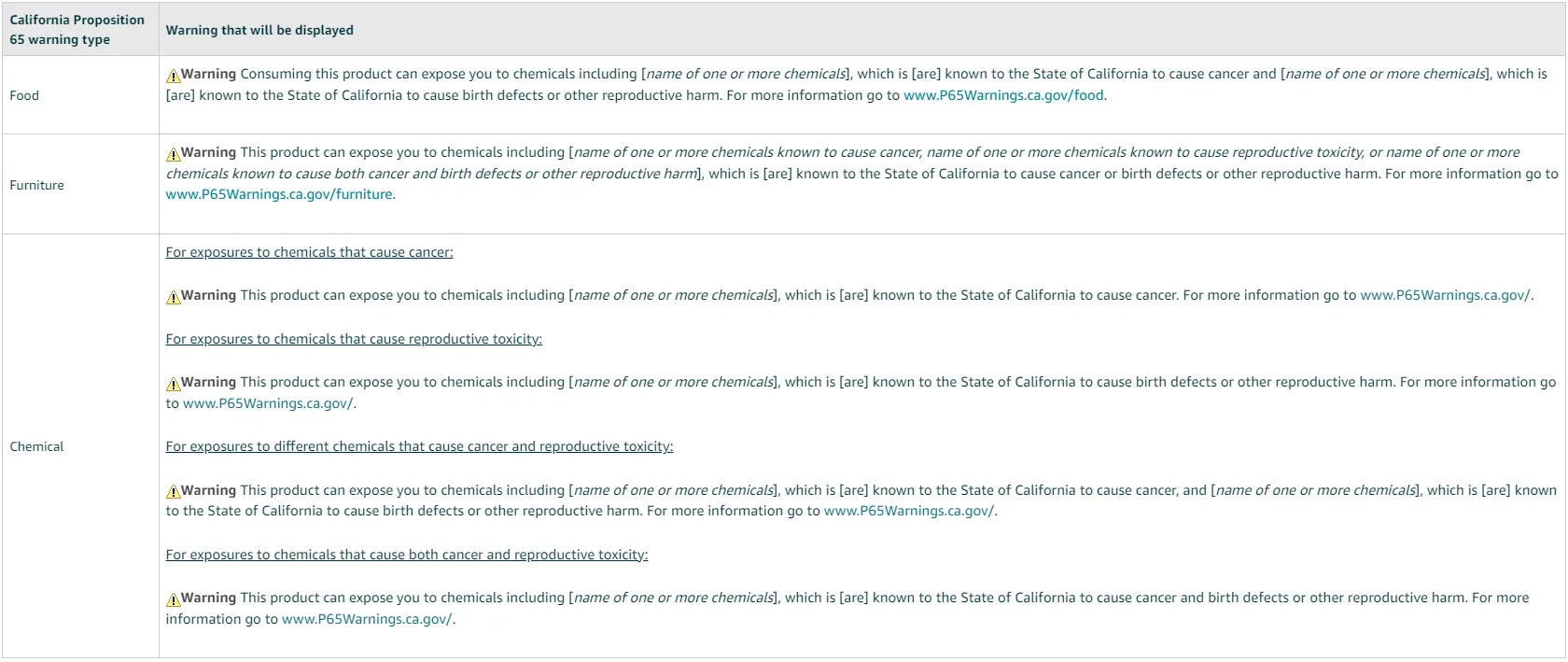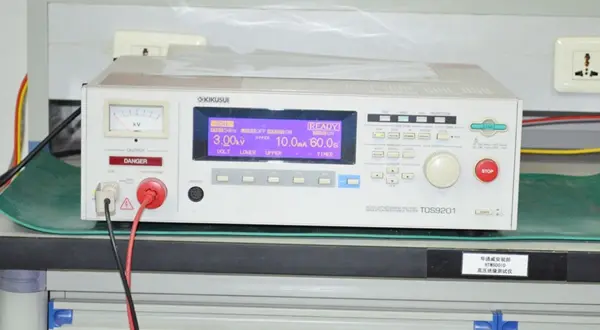
FCC ID Certification Process for Wireless Microphones
As one of the largest consumer electronics markets in the world, the United States enforces strict regULatory requirements on electronic and electrical products entering its territory. Wireless MICrophones, which operate within specific radio frequency bands, are directly regulated under FCC (Federal Communications Commission) rules.
Obtaining an fcc id certification is not optional. It is a mandatory legal requirement for wireless microphones to be exported to and sold in the U.S. Any wireless microphone discoveRED in the U.S. market without FCC ID certification risks detention, fines, recalls, or even lawsuits. This can result in severe economic loss and irreparable damage to a company’s brand reputation.
Furthermore, obtaining FCC ID certification demonstrates a company’s technical competence and compliance awareness, enhances international recognition, boosts consumer trust, and helps secure more business opportunities.

U.S. Market Access Requirements
The FCC regulates the use of various radio devices through Title 47 of the Code of Federal Regulations (CFR). Wireless microphones fall under the category of Intentional Radiators and are primarily governed by fcc part 15. For specific applications, some wireless microphones may also need to comply with Part 95 or other relevant parts.
According to FCC rules, all such devices must be tested by FCC-recognized bodies and granted an FCC ID before importation or sale in the U.S.
“The FCC ID is the direct proof of legality for wireless products in the U.S. Without it, products cannot clear customs, nor can they be sold through mainstream channels.” — Senior FCC Certification Engineer
Step-by-Step Guide to FCC ID Certification
Step 1: Identify Certification Type and Applicable Standards
Before starting the process, companies must determine the product type and the applicable FCC technical standards.
Classification: Wireless microphones typically fall under FCC Part 15, Subpart C (Intentional Radiators). For devices operating in license-exempt bands (e.g., 2.4 GHz, 5.8 GHz ISM bands, or certain UHF/VHF consumer bands), compliance with Part 15C technical specifications must be confirmed, including frequency range, transmit power, occupied bandwidth, and spurious emissions.
Key Standards: Core requirements are outlined in FCC Part 15, especially 15.201, 15.203, 15.205, 15.207, 15.209, 15.247, 15.249, and for electromagnetic emissions, 15.109. Additional Parts may apply if the product integrates other wireless functions.
Step 2: Choose an Accredited Testing Laboratory
All FCC ID product testing must be performed by an FCC-recognized lab authorized by a Telecommunication Certification Body (TCB).
Selection Criteria: Choose labs experienced in testing wireless microphones and similar audio devices, equipped with advanced tools, full accreditation, and a strong reputation. Their qualifications can be verified via the FCC website or through TCB directories.
Collaboration Model: The lab conducts testing according to fcc standards and issues an official Test Report, which serves as the primary basis for TCB submission.
Step 3: Prepare Samples and Technical Documentation
Companies must provide test-ready samples and complete technical documentation to the selected lab.
Key Documentation Includes:
User Manual
Schematic Diagram
PCB Layout
Bill of Materials (BOM) with RF component details
Block Diagram
RF Module Specifications (with FCC ID and authorization letter if using third-party modules)
Antenna Specifications (gain, polarization, frequency range, etc.)
Declaration of Conformity (if applicable)
Test Samples (2–3 fully functional units representative of mass production, labeled with temporary product and applicant details)
Step 4: Product Testing and Adjustments
Upon receiving samples and documentation, the lab conducts a full evaluation based on FCC Part 15.
Main Test Items:
Frequency Range
Transmit Power
Occupied/Necessary Bandwidth
Spurious Emissions (Radiated and Conducted)
Modulation Characteristics
Frequency Stability
Antenna Verification (for non-removable antennas)
Failure and Rectification: If the product fails, the lab provides detailed data and analysis. The company must make design or parameter adjustments until the product passes.
Step 5: TCB Application and Certification Issuance
Once testing is successful, the Test Report and technical materials are submitted to a TCB.
Application Submission: Either the company or its authorized agent (often the test lab) submits the application, including test reports, documentation, and sample FCC ID labeling.
TCB Review: The TCB evaluates completeness, accuracy, and compliance. Additional documentation may be requested during review.
FCC ID Grant: Once approved, the TCB issues the FCC ID certification, and product details are entered into the fcc id search Database.
The FCC ID consists of two parts: Grantee Code (assigned by FCC) + Product Code.
Step 6: fcc id labeling and Record-Keeping
After approval, the FCC ID must be properly marked.
Labeling Requirements: FCC ID must be permanently and legibly affixed to the product or its smallest packaging, in the format:
FCC ID: XXXXXYYYYY (XXXXX = Grantee Code, YYYYY = Product Code).Record Retention: Companies must keep all FCC certification files—including test reports, certificates, and technical data—for at least 5 years.
FCC ID certification is a structured compliance process requiring both technical expertise and regulatory knowledge. Engaging professional partners and integrating compliance considerations into product design from the outset is critical for efficiently achieving certification and ensuring smooth market access in the U.S.
Email:hello@jjrlab.com
Write your message here and send it to us
 What Are the Battery Compliance Test Reports?
What Are the Battery Compliance Test Reports?
 Christmas Children’s Products EU & US Complian
Christmas Children’s Products EU & US Complian
 Food Packaging Material Testing
Food Packaging Material Testing
 Cosmetic Product Safety Report
Cosmetic Product Safety Report
 What is Prop 65 Warning?
What is Prop 65 Warning?
 Does RoHS Apply to Packaging?
Does RoHS Apply to Packaging?
 How to Get RoHS Compliance?
How to Get RoHS Compliance?
 How to get EN 62368-1 Test Report
How to get EN 62368-1 Test Report
Leave us a message
24-hour online customer service at any time to respond, so that you worry!




